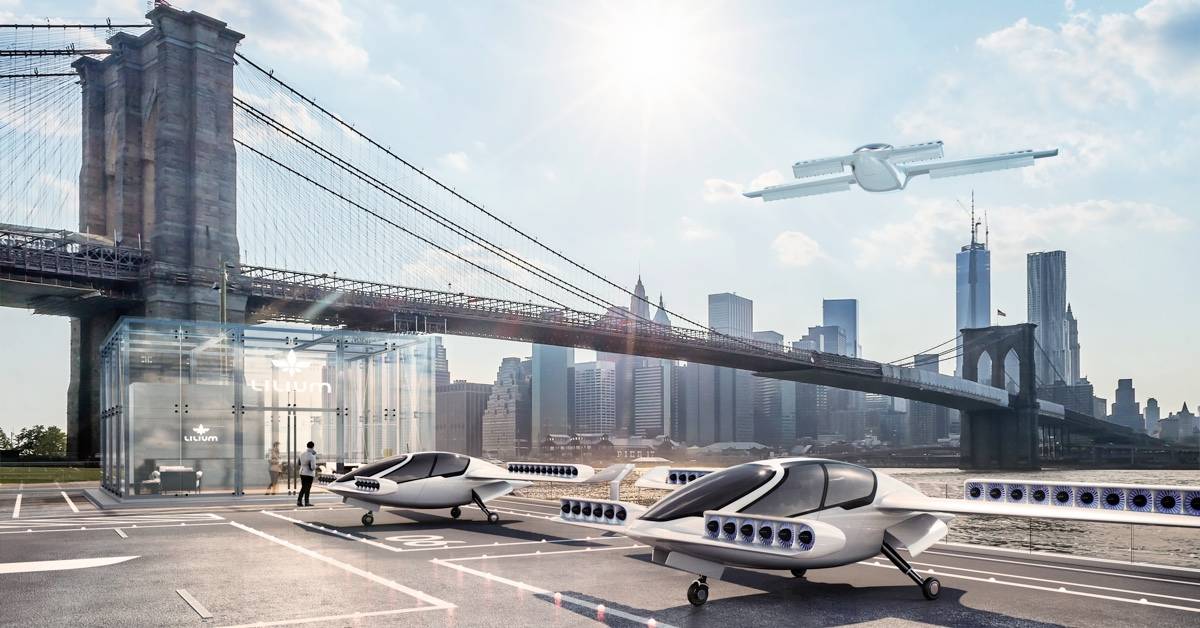We have done the research for you to help your business make smart, sustainable travel options.

Business travel in the U.S. has been steadily growing over the last decade, with the number of business trips forecast to hit 283 million by 2020. According to a recent Harvard Business Study, face-to-face requests are 34 times more effective than sending an email, suggesting that technology is yet to usurp business travels’ primary role.
Increased competition has made air travel more affordable, and while that allows companies to be more generous in regards to employee business travel, its the environment that’s paying the ultimate price.
As a business, it’s important to know
The true cost of air travel
As a society, we need to get educated regarding the true impact of air travel on the environment. Fying, particularly long-haul, emits so much CO2 that it can quickly dwarf other efforts made by companies to reduce their carbon footprint, such as recycling and careful use of power.
For example, according to Carbon Footprint’s emissions calculator, a return economy flight from New York to Los Angeles produces around 0.59 tonnes of carbon. The U.S. EPA equivalencies calculator deems this equal to throwing 25 trash bags of recyclables into
It’s easy to feel disillusioned upon hearing these figures but by being aware of the environmental impact of travel, you are helping to educate your employees and business partners, which can trigger exponential change.
Eco-friendly travel incentives
For the modern global business, air travel is par for the cause. Whether bookings are made by employees themselves, or by a travel manager within your company, put some incentives in place for making green travel choices.
For example, booking employees into the same hotel can help. Instead of taking separate taxis to separate hotels, employees can travel together via Blacklane’s Business Class, which offers an electric, zero-emissions airport transfer service in select cities.
Think of this as an excellent eco-friendly option for short distance business travel. Electric cars can be booked for both A-B trips, as well as by-the-hour for those who have a jam-packed day of business engagements throughout the city.

And don’t forget the humble train! Trains are often overlooked when it comes to long-distance business travel, however they’re often a more convenient and comfortable option than flying, dropping passengers right in the CBD.
Trains vary in their efficiency, however, they are still always preferable to flying when it comes to reducing your carbon footprint. Eurostar, the low-emission train network that connects the UK and Europe, will get you from London to Paris with 90 percent more
Research is key
Not all airlines are created equal. Some use sustainable biofuel, are conscious of their carbon emissions, and are actively developing eco-friendly strategies for the future. German non-profit Atmosfair publishes an annual report, ranking airlines according to their carbon efficiency, an excellent tool for companies looking to reduce their carbon footprint.
The same goes for hotels, many of which are adopting a more green mentality, producing their own solar energy, or using state-of-the-art technology to cut down on consumption.
Bookdifferent is a search engine that allows you to filter and book hotels based on their green rating. Many of the hotels listed have been accredited in person via their stay green check system, and the most sustainable listings are shown first by default. Another cool feature of the search engine is that it shows you the projected carbon footprint of your stay.
If you’re booking in the U.S., Green Key Global-certified hotels are a great choice. Properties are awarded 1-5 keys based on sustainable practices such as energy and water conservation, solid and hazardous waste management, land use, and environmental infrastructure.
These tools can help in finding the most eco-friendly options for your frequently traveled routes and destinations, and add them to employee travel guidelines/policies. Making green travel choices may cost your company a little extra but the benefits to the environment can be priceless.
Think twice before booking
Does Steve really need to fly to Boston to pitch his strategy in-person? And those quarterly summits in Paris… Is there somewhere closer to home that would suit just as well? These are the most important questions businesses can ask if they are serious about reducing their travel emissions.
Thanks to the internet and advances in workplace technology, there are loads of ways to do business remotely. Before signing off on flights, consider whether the purpose of a trip can be met just as well via a digital channel.
Video technology today is extremely sophisticated, and apps such as Google Hangouts and Slack allow groups of people to meet up and chat face-to-face with ease, from anywhere in the world. As long as you’ve got a decent internet connection, the chat feeds are crystal clear. Once you get used to meeting virtually, you’ll wonder how you ever did without it.
Same goes for staff training and IT support. If you’ve got employees traveling between offices to train newbies to use your company software, screen sharing apps such as Teamviewer allow you to do this job effectively from a distance.
Consider carbon offsets
Carbon offsetting is the practice of individuals or businesses investing in emission-neutralizing environmental projects to “offset” their own carbon footprints. It is becoming a popular way for
Carbon offsetting provides a way to make good on emissions your company can’t eliminate by other methods and in conjunction with an eco-friendly approach to business travel, it’s a winning combination.
A quick Google search will reveal a range of companies out there offering to help you offset your carbon footprint, so it’s a good idea to research extensively before choosing your offset provider.
Here at Blacklane, we work with Carbon Footprint LTD, offsetting CO2 for all rides via a wind farm in Pune, India. Carbon Footprint has a handy tool for both small and large businesses to calculate their emissions.
Once you’ve figured out how much you need to donate, you can take your pick from the many projects they support. From clean water programs in Central America to rice husk thermal energy generation in Vietnam, Carbon Footprint has an innovative and well-diversified portfolio.
Stay informed about green travel developments
The travel industry is changing, embracing new technology and looking ahead to the future. This includes heavy investment in sustainable travel, as consumers become more switched on to the impact of their travel choices.
Munich-based company Lilium is working to meet this demand, with its state-of-the-art electric vertical take-off jet. Still in the development phase, Lilium has plans to launch on-demand booking by 2025.
Oliver Walker-Jones, Head of Communications for Lilium, explained their ultimate goal was to help other businesses reduce their carbon footprint.
“The type of transport we are developing has zero operating emissions (runs on electric) so journeys up to 300 km (sic) will not only be more affordable and more convenient, but they’ll be cleaner too,” he said.
“[meaning] someone could travel from city to city for a meeting just like that, with no emissions.”
Lilium’s goal of operating with zero emissions depends on their energy source, which Mr Walker-Jones explained the company was still exploring.
“We’re also looking at how we would source the energy for charging these vehicles once operational,” he said.

Elon Musk’s Hyperloop is another intriguing project which has the travel industry talking.
The Hyperloop is a super-high-speed city to city transport system, consisting of tubes through which passenger-carrying pods can travel at speeds up to 700 mph. The pods’ propulsion is powered using magnetic accelerators, powered by solar energy.
The Hyperloop was originally pitched by Elon Musk back in 2013 as a reaction to California’s High-Speed Rail System, which had gained recent government approval. Musk introduced the Hyperloop as an alternative in his 2013 SpaceX white paper.
Although the jury’s still out on when (and if) a San Francisco to Los Angeles Hyperloop will be built, the first operational Hyperloop is edging closer to reality in India, which is expecting to carry passengers from Mumbai to Pune in just 25 minutes. And, with even more companies entering the fray, including Richard Branson with Virgin Hyperloop One, the concept clearly has legs.
If you’re looking for green technology that’s helping businesses today, then California based Polycom offers an interesting example. They’re helping companies reduce business travel needs by offering more immersive and ‘real’ feeling video conferencing facilities.
They’ve created a digital alternative to boardroom and executive-level meetings, for when apps such as Google Hangouts don’t quite cut the mustard. Their video and voice technology is cutting edge, and their user interfaces are simple, masterable by even the most technologically challenged employee.
They offer a number of interesting workspace solutions, that allow easy and free-flowing conversation between both small and large groups. If employees can connect in a more natural way from afar, then there’s less need for them to meet in person, saving time, money, and reducing travel emissions.
The idea of transporting yourself to another city through a giant tube, or heading to a business meeting in a small electric jet, may still seem a little far-fetched. But until that day comes, there are so many ways, both big and small that you can make a difference by altering your company’s business travel habits.




